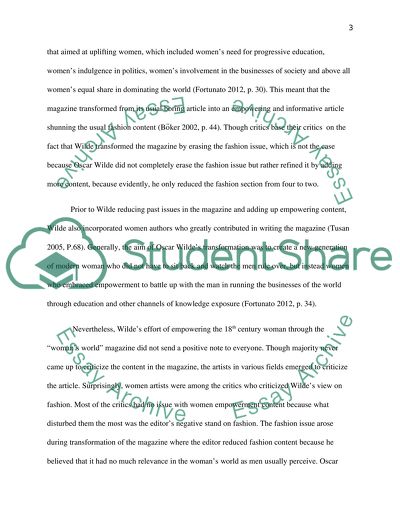Cite this document
(“Oscar Wilde was the fashion critic and editor of the magazine the Essay”, n.d.)
Oscar Wilde was the fashion critic and editor of the magazine the Essay. Retrieved from https://studentshare.org/journalism-communication/1492121-oscar-wilde-was-the-fashion-critic-and-editor-of
Oscar Wilde was the fashion critic and editor of the magazine the Essay. Retrieved from https://studentshare.org/journalism-communication/1492121-oscar-wilde-was-the-fashion-critic-and-editor-of
(Oscar Wilde Was the Fashion Critic and Editor of the Magazine the Essay)
Oscar Wilde Was the Fashion Critic and Editor of the Magazine the Essay. https://studentshare.org/journalism-communication/1492121-oscar-wilde-was-the-fashion-critic-and-editor-of.
Oscar Wilde Was the Fashion Critic and Editor of the Magazine the Essay. https://studentshare.org/journalism-communication/1492121-oscar-wilde-was-the-fashion-critic-and-editor-of.
“Oscar Wilde Was the Fashion Critic and Editor of the Magazine the Essay”, n.d. https://studentshare.org/journalism-communication/1492121-oscar-wilde-was-the-fashion-critic-and-editor-of.


